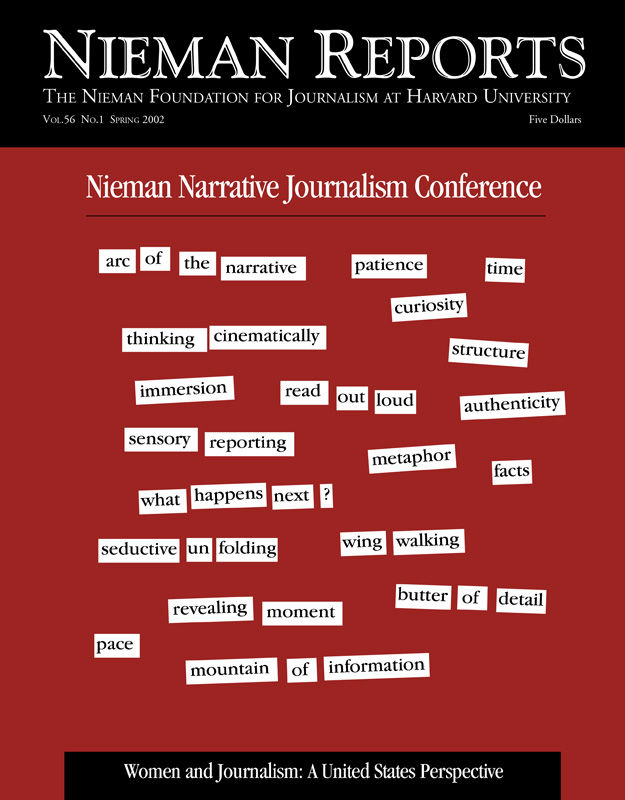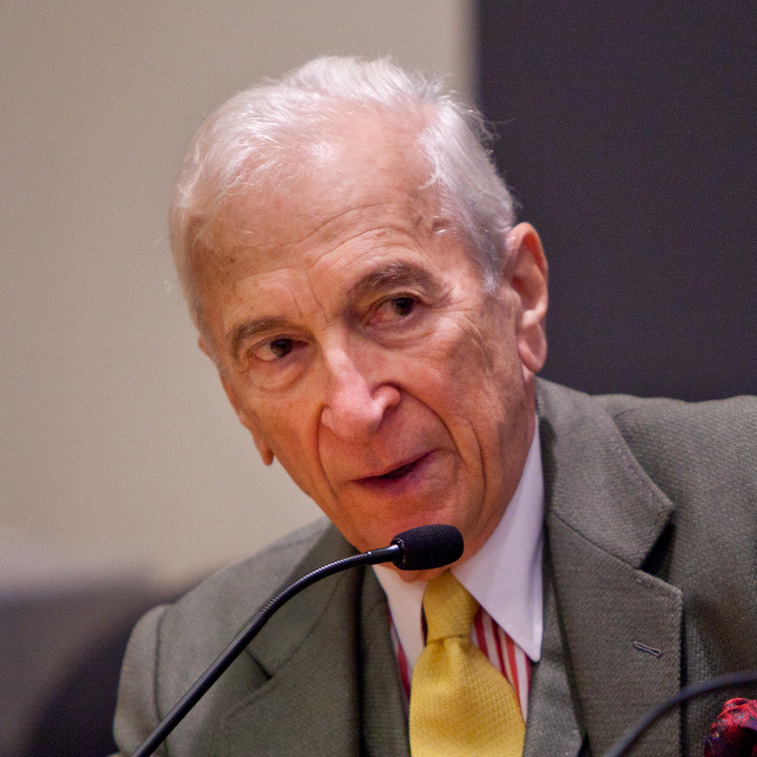I believe that the role of the nonfiction writer should be more with non-newsworthy people—insignificant people perhaps, but whose lives represent a larger significance than their own lives are allowed to be represented in the public print.
The fiction writer, the short-story writer, the playwright, the novelist, deal with private life. They deal with ordinary people and they elevate these people into our consciousness and give them names and give them a place in life because of the power of the writer, the power of the word, the power of the stage writer. The world of nonfiction—journalism, contemporary events, biography—primarily deals with the lives of people who are known to us, names that were known, and they are embellished or they are brought to a larger consciousness into our own lives by the work of the writer, by the biographer.
The private life that I wanted, as a young journalist on The New York Times, to delve into was the life of the person who would not be worthy of news coverage. But I thought that person had a sense of what was going on and, if we could bring them into the larger consciousness of readership, they’d be representative of trends. I wanted to write about people that others weren’t writing about. I wanted to move the realm of curiosity into the lives of people who had been ignored, because I thought they had something to say and their lives had something to represent in terms of higher reality.
That has been part of the style that I have followed, in terms of nonfiction, indulging my curiosity. The first stage is curiosity and looking at the world in a different way. It is seeing nonfiction as a creative form of telling the story of your time. Creative. Not falsified. Not making up names. Insisting on real names. Not composite characters. No taking liberties with factual information, but getting to know your characters through research and building trust, building relationships, so you know them so well they are part of your private life. They are your spouse. They are your love affair. Your sources become known to you and you have this trusting relationship which you do not take advantage of.
RELATED ARTICLE
“Indulging Curiosity”
– Michel Marriott and Gay TaleseCuriosity is the beginning. We have a way of looking at the world. I never had bookshelves in my home. I didn’t have people who went to college. I didn’t have anyone reading the great nonfiction, but I had a father who was a tailor who was interested in a life beyond his own—moving out—but always relating it to himself. So this curiosity I always related to myself. I bring respect to some of the people I’m interested in talking to. And when I write about them, I write with respect. I don’t make allowances, necessarily, for their dalliances or their deviations, but I find a way to write it that gets it in there, slides it in there, but is not hard, is not insulting.
This is where careful writing can allow you to do enormous things, in telling the truth, that sloppy writing will not allow you to do. Taking care with the language. I get this from reading the fine fiction writers. I was of an age when there wasn’t much in nonfiction that I looked up to. But I did look up to the great writers of fiction: [F. Scott] Fitzgerald, John O’Hara, Irwin Shaw—these were fine short-story writers. I would read them in The New Yorker and they would write about private life, would write about girls in their summer dresses, the 80-yard run with a football player and his relationship with a woman. And Carson McCullers wrote a little piece in The New Yorker called “The Jockey.” In her short story, she described the trainer by saying that every time this guy eats a lamb chop you can see its formation on the side of his ribs. And I thought, that’s interesting. And I was interested in sports writing, and I said, “If I ever do a sports book, I want that kind of detail.” Now, I can’t make it up, but I want that kind of little detail that would have the reader remember something. To develop a special eye.
But it was fiction. I wasn’t reading some sports writer from The Saturday Evening Post. It was fiction. And the fiction writers were my idols. But I wanted to bring in nonfiction, and truly nonfiction, the sense of reality and the story sense of people’s lives. I wanted to write about people as people. Even when I was a daily journalist and I was stuck with hard news, I wanted to tell the hard news through people. I wanted to write about people looking outside the windows of the fire when the fire was in these neighborhood tenement buildings on both sides of the street. But people who never talk to one another were talking across the street about the fire below, and there was a kind of unity to the neighborhood because they focused on a fire.
This was not a major fire, but I wrote about the fire through the dialogue of the people talking to one another. And the firemen were down there and the dog was barking and the hoses were all over the street and traffic was blocked. It was a scene. So this one- or two-bell fire became a feature story. It was just a way of looking at the fire.




